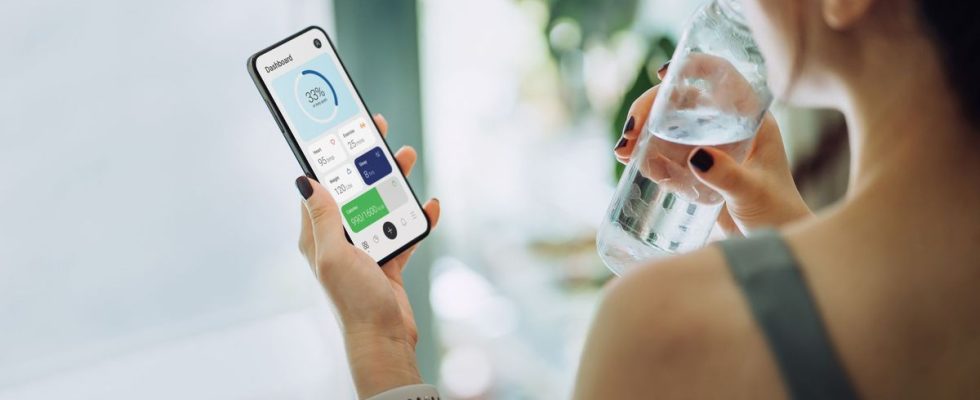Published on
Updated
Reading 2 mins.
Exercise programs tend to be more effective and easier to follow when prescribed through mobile digital devices rather than in person or without technology support.
According to an ongoing study from the University of Catalonia, with a focus on eHealth, exercise programs tend to be more effective and easier to follow when prescribed through mobile digital devices, rather than online. person or without technological support.
The digital tool, as effective as a coach or a doctor?
The first results of the research, published in open access, relate to a non-quantitative analysis of 13 studies carried out between 2011 and 2021. They aim to examine the extent to which the characteristics and individual conditions of people are taken into account when prescribing and carrying out physical activity programs.
According to the first conclusions, the implementation of a digital device (app or other) in physical practice has given these results:
- Although some processing has been delivered through technologies such as SMS or social media, the most common support has taken the form of mobile apps and smartphones;
- 70% of case studies showed a significant improvement in the effectiveness of physical activity treatments;
- 85% of the studies analyzed concluded that adherence to treatment was higher when e-technologies were involved.
- Virtually none of the studies analyzed, on the other hand, reflect the adaptation of physical activity programs to the patient’s age or illness.
“Even though the sample analyzed is very small, the first notable finding is that digital-based exercise interventions are at least as effective as face-to-face ones”concludes Toni Caparrós, author of the study.
Good in your body, good in your head!
Succeed in reaching more people than face-to-face
According to the recommendations of the World Health Organization, anyone aged 18 to 64 should get between 150 and 300 minutes of moderate exercise (or between 75 and 150 minutes of intense exercise) per week. People aged 65 and over should also supplement this activity with exercises designed to improve their quality of life. The WHO defines physical activity as “any bodily movement produced by skeletal muscles that requires the expenditure of energy”.
To this end, the emergence of digital, applications or other connected watches can lead to certain benefits:
“Face-to-face sessions are effective and necessary, but the digital sphere also has its advantages. difficulty moving around, cannot access face-to-face treatment”said Caparrós. “If we can ensure smooth communication using digital tools, these programs can be very effective.”
However, the offer is not yet suitable for everyone or does not yet have the same benefits and qualities according to the user. You cannot interact with someone over 70 the same way you would with a young person with completely different digital skills.
“We have seen how all of these proposals use very generic variables and do not provide quality information because their designs are not tailored to the participants or their illnesses” establishes the scientist.
Data that directed the work of Toni Caparros towards a new line of research: how to improve the digital prescription of physical exercise by health by taking into account the individual needs of patients (according to their disease and physique, and prescribed according to medical criteria) and their digital skills.
